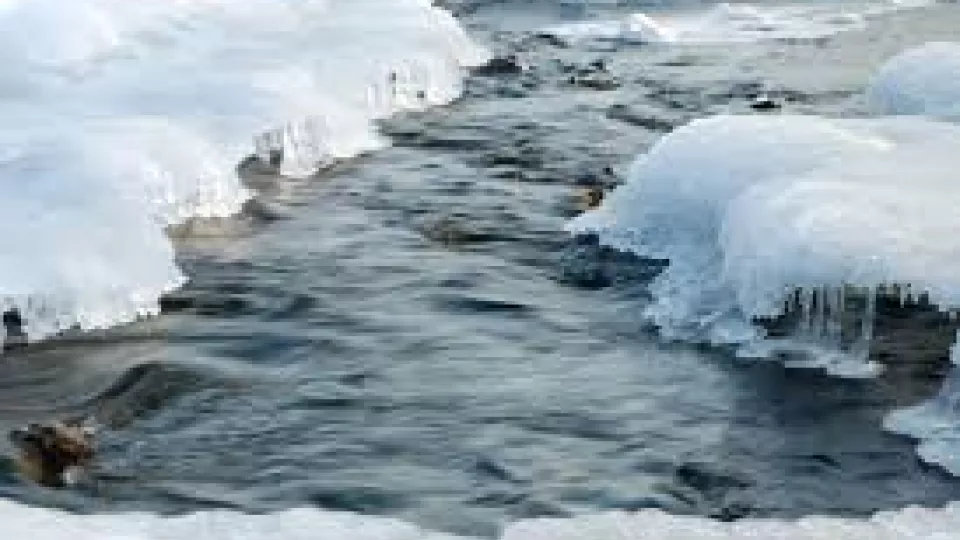Rivers have traditionally not been considered important sources of bioavailable iron (Fe) to the marine waters, since most iron is lost by salinity-induced aggregation and sedimentation during estuarine mixing. However, recent studies from boreal rivers found a remarkably high iron stability, probably due to the interaction with organic matter.
Recent studies have suggested that iron speciation is a key factor, i.e. that iron (oxy)hydroxides are effectively removed by aggregation processes, but that organic iron complexes (Fe-OM) are less affected by increasing salinity. This hypothesis has been supported by indirect assessments of iron speciation (based on molecular size and Fe:C ratios).
The overarching aim of this thesis was to gain a better understanding of what factors determine the fate of iron from boreal rivers across estuarine salinity gradients. For this purpose, ten rivers, from the north to the south of Sweden, with different catchment characteristics were considered.
Simon Herzog found that the Fe-OM contribution was more dominant further upstream in a catchment than at the river mouth, and also more prevalent during high-flow than at low-flow conditions. Consequently, a higher contribution of Fe-OM occurred during spring, when much of the annual iron discharge is taking place.
In all, the results from this thesis support that boreal rivers may provide significant amounts of bioavailable iron to marine waters beyond the estuary, due to significant contributions of Fe-OM complexes. Moreover, the results illustrates that a division between small Fe-OM complexes that “survive” estuarine salinity gradients and large iron (oxy)hydroxides that are aggregated and lost to the sediment, is too simplistic, since both phases can be found in a wide size range.
Simon Herzog is defending his thesis January 11, 09:00 in the Blue Hall in the Ecology Building.
The thesis "Fate of riverine iron over estuarine salinity gradients" on lucris.lub.lu.se
